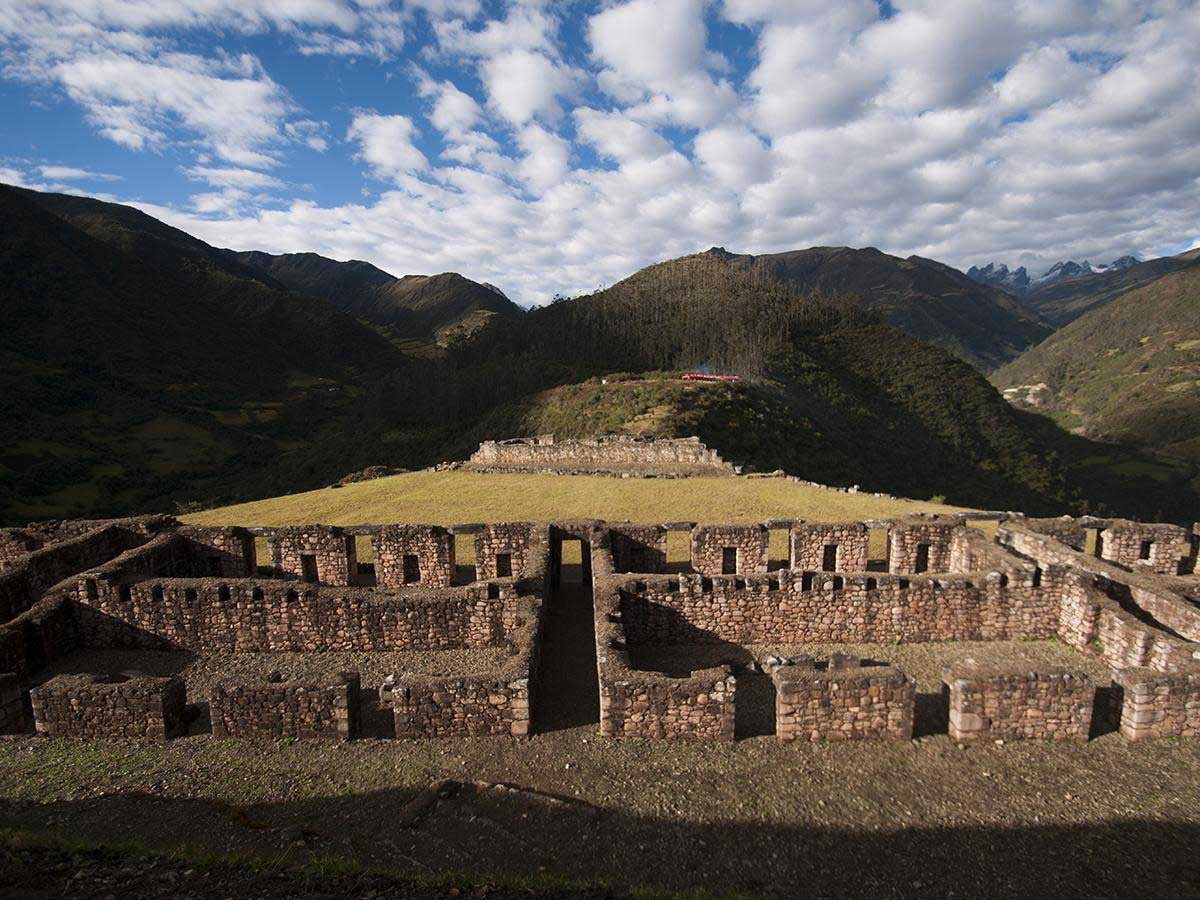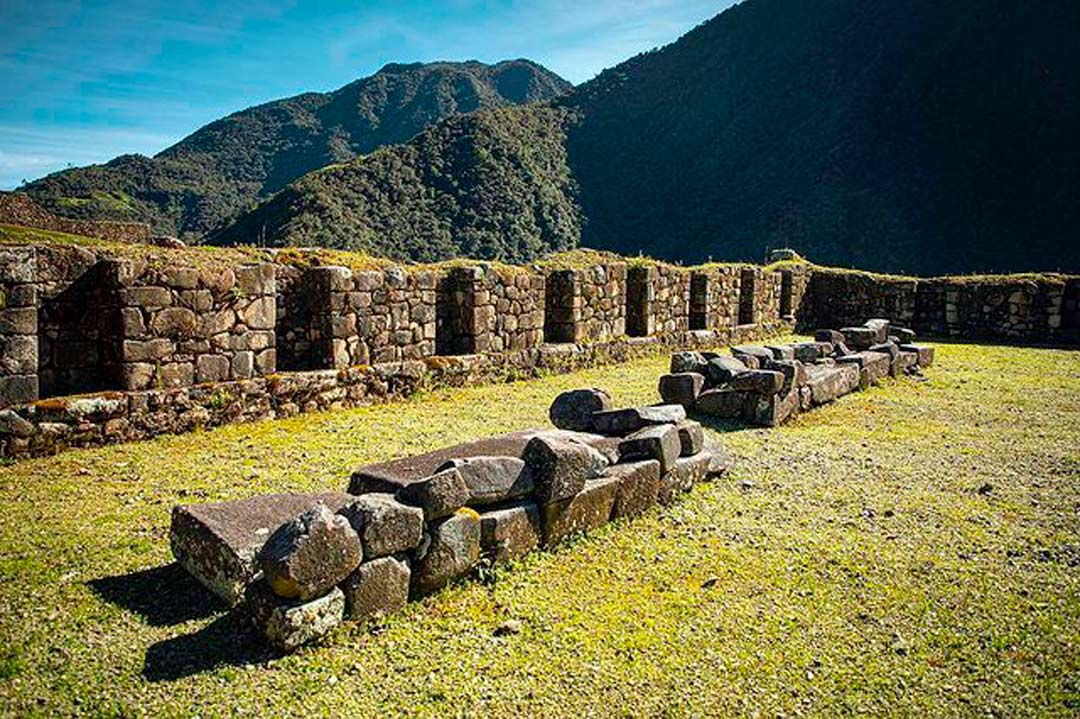
Vilcabamba

Vilcabamba was the last refuge of the Inca Empire after the Spanish conquest, located deep in the forested mountains of the Cusco region. Officially known as Espíritu Pampa, Vilcabamba served as the capital of the Neo-Inca State from 1539 to 1572, where the remaining Inca rulers—starting with Manco Inca—resisted Spanish control for over three decades. This remote city was hidden in the dense jungle, making it a strategic stronghold that allowed the Inca resistance to endure long after the fall of Cusco and Machu Picchu. Though long confused with Machu Picchu, the true Vilcabamba was positively identified in the 20th century.
The site of Vilcabamba features extensive ruins spread across the jungle, including ceremonial platforms, agricultural terraces, housing structures, and burial tombs. Much of the site remains overgrown, adding to its mystique and sense of rediscovery. Unlike the polished stonework of Machu Picchu, the construction here is more rustic, reflecting the urgency of a city built during wartime. Visiting Vilcabamba not only offers a glimpse into a lesser-known but crucial chapter of Inca history—it also invites travelers to connect with the resilience and adaptability of a civilization fighting to preserve its legacy under extreme pressure.
Logistics:
Trekking to Vilcabamba—specifically to the site of Espíritu Pampa, the true location of the last Inca capital—is a remote and challenging adventure that typically takes 5 to 7 days round-trip, depending on the chosen route. The trek usually starts from the town of Huancacalle, which is about 10 hours by road from Cusco, combining paved and unpaved roads. From Huancacalle, the hike to Espíritu Pampa covers a distance of approximately 70 to 80 kilometers (43 to 50 miles) through rugged terrain, cloud forests, and steep valleys.


